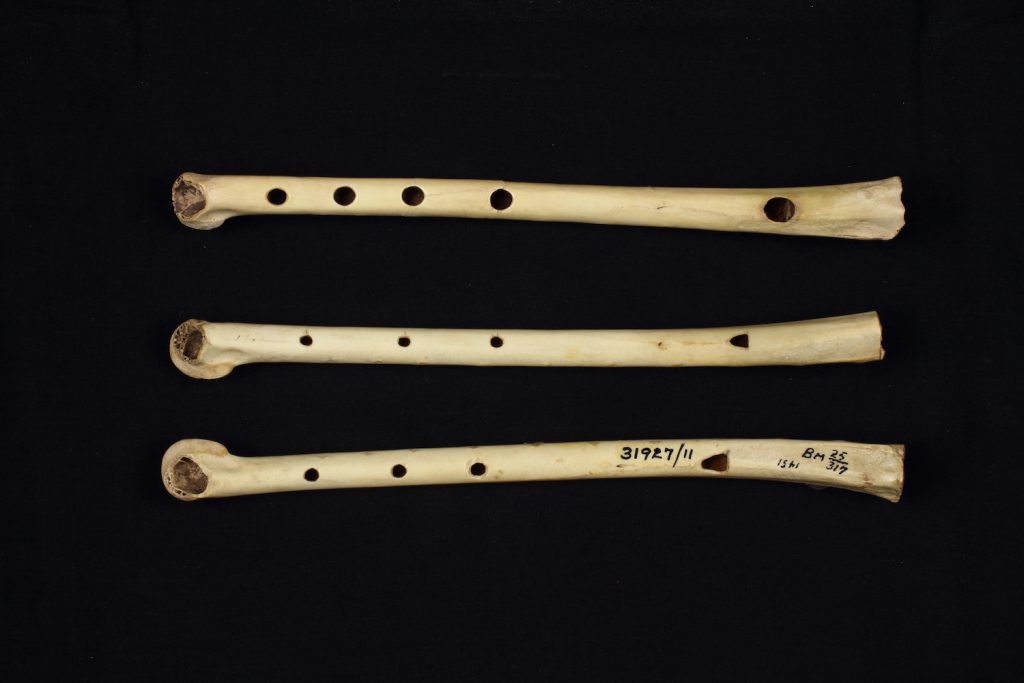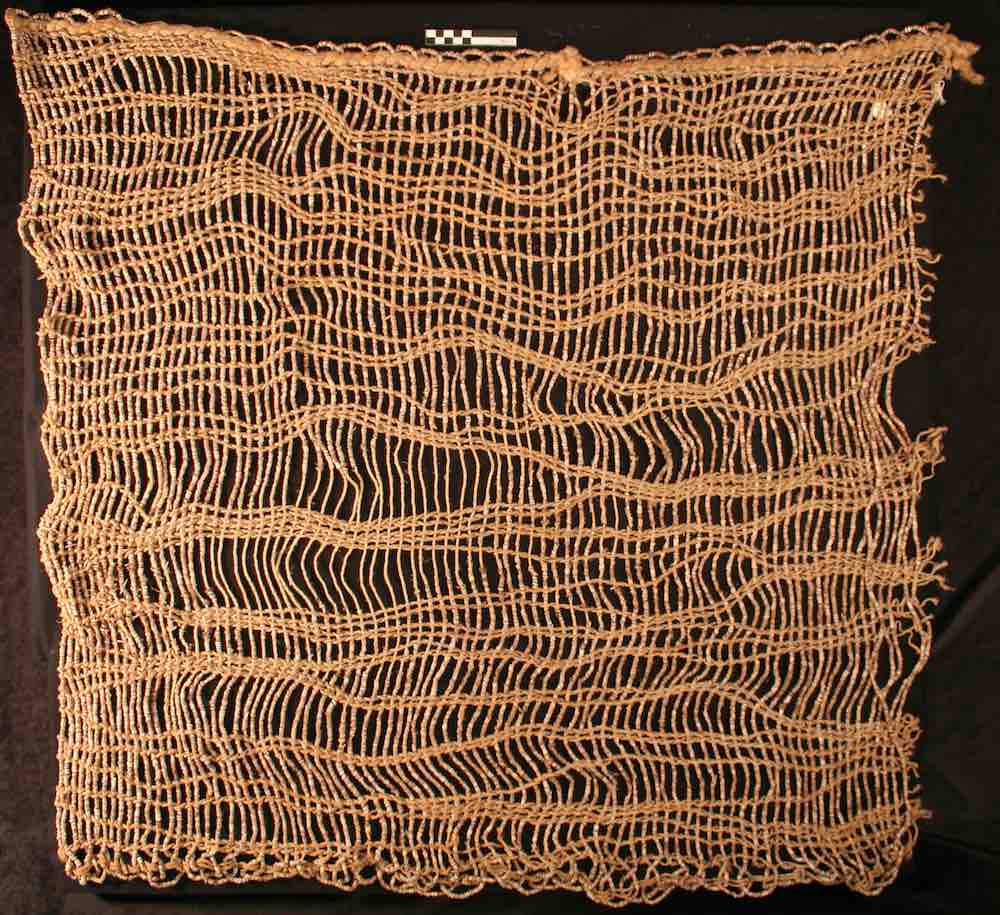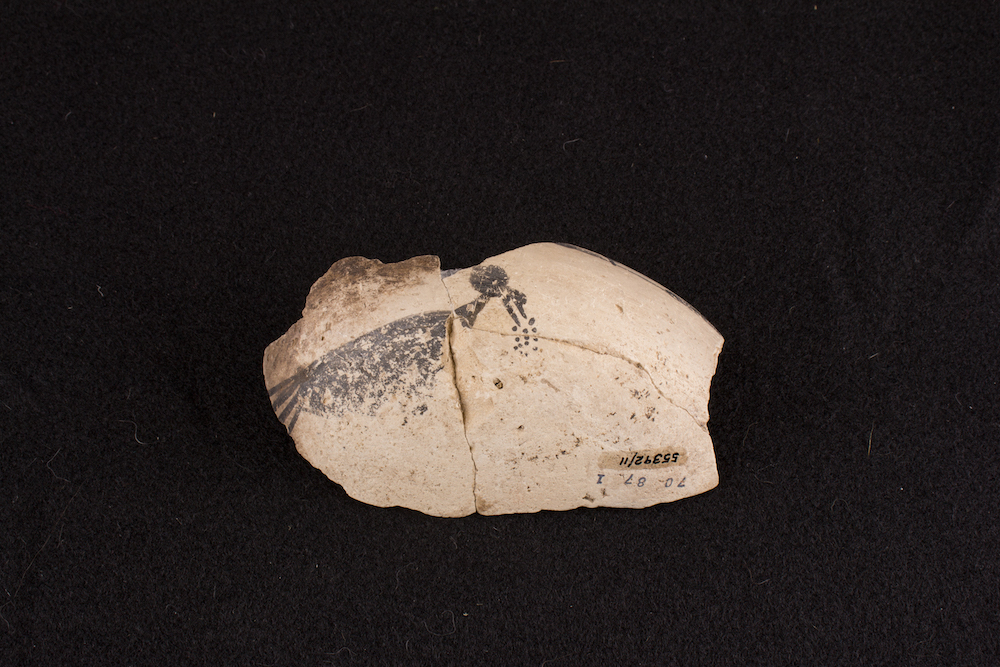Five Ways Native American Communities Honor Turkeys

Every year, millions in the U.S. sit down during the fourth Thursday in November and celebrate Thanksgiving.
In many ways, this might be one of the most misunderstood and misappropriated U.S. holidays. Settler colonial culture accepts a narrative of Thanksgiving that invokes images of Pilgrims sitting around a table with Indigenous Wampanoag peoples in 1621 (exactly 400 years ago), sharing a turkey meal. There was a shared feast that year, but many of the details of that narrative are myth.
Fall harvest festivals were relatively common throughout the 1700s–1800s, but the idea was really cemented in 1863 in the midst of the Civil War when then-President Abraham Lincoln declared a day for all Americans at home and away to unite in “Thanksgiving and Praise to our beneficent Father who dwelleth in the heavens.” So, it was about Christianity, not Indigenous relations.
Turkeys probably arrived on the table because Sarah Josepha Hale, the editor of Godey’s Lady’s Book (an influential magazine that included articles about the traditional celebration complete with turkey recipes), had for decades lobbied Lincoln to make Thanksgiving a national holiday. The link between the holiday and the food proved extremely successful: Today more than 40 million turkeys are eaten at Thanksgiving in the United States each year.
This doesn’t mean turkeys don’t have a long history in the Americas. They do. Indigenous peoples interacted with turkeys for millennia throughout continental North America, long prior to Western European contact, just as they continue to do today. As a zooarchaeologist who focuses on understanding ancient human-turkey relationships in the U.S. Southwest and Mexican Northwest (a vast area that includes well over two dozen Tribal Nations), I take pleasure in making sure that this history is known each and every Thanksgiving.
So, this Thanksgiving, if you, like me, prefer to put aside politics and “talk turkey” at the dinner table, here are five fun facts about turkeys that you can share.
1. Turkey feathers make great blankets
Turkey feathers provided a sustainable resource to create warm blankets for Ancestral Pueblo peoples in a desert area that experiences pronounced changes in temperature throughout all seasons of the year. [1] [1] While many of the archaeological sites discussed are ancestral, affiliated, and today located on Pueblo lands, there is a cultural affiliation of many of these places to Athabaskan-speaking peoples of the Navajo Nation and Apache Tribes, among other Tribal Nations.
A recent study indicated that one well-preserved turkey feather blanket, likely from southeastern Utah and dating to the early 1200s, originally included approximately 11,550 feathers—probably from four to 10 turkeys. The downy portion of these feathers provided warmth for the blanket, just as they provide warmth for the turkey. Turkey feather blanket creation continues today.
While turkeys may have been killed for their feathers, Indigenous peoples likely collected naturally molting feathers and plucked feathers from living birds too. It is important to note that while modern-day, industrial-scale feather plucking may be a cruel and painful process, there is evidence that safe, harmless, sustainable plucking is possible and was probably practiced long ago.
2. Turkey eggs are extremely useful
The industrialized system of commercialized poultry farming does not lend itself to mass production of turkey eggs: Compared to chickens, turkeys require larger spaces to live in and more food, and their eggs are larger and less frequently laid, making them expensive. But turkey eggs are an excellent food source: They contain approximately twice as many grams of fat and four times the cholesterol as a chicken egg. Ancestral Pueblo peoples certainly ate them.
Researchers can also tell from scanning electron microscopy of turkey eggshells found in archaeological sites that those eggs hatched turkey chicks—this makes it likely that Indigenous peoples intentionally husbanded new flocks. Ethnographic evidence also indicates that Ancestral Pueblo peoples used the albumen (egg white) as a protein binder to create paints. Caches of turkey eggs have been found decorated with red ochre, hinting that they might have been important for non-dietary, ritual or ceremonial reasons too.
3. Turkey meat came later
A cousin to the proverbial “which came first, the chicken or the egg?” has an answer of sorts for turkeys. Archaeological evidence strongly supports the idea that in the ancient U.S. Southwest, Ancestral Pueblo peoples interacted with, domesticated, husbanded, and managed turkeys first for their feathers, then later for their meat. Turkeys were important enough that Indigenous peoples fed their birds domesticated maize crops—the same food that they relied on for themselves.
The human-turkey relationship was, and still is, transcendent above simple practicalities.
The earliest evidence for Indigenous turkey domestication comes from around A.D. 1 and stretches to Western European contact in the 1500s. But evidence for butchering turkeys—including cutmarks on bone, for example—only arises around sometime after the 900s, about 1,100 years ago. Why people would have initially refrained from eating turkeys remains a mystery—perhaps there was a taboo against it, or the turkeys were seen as too important for non-dietary purposes. Or perhaps they did eat turkeys but left behind no evidence of the activity. We know at least that turkeys were intentionally kept captive during this entire period, something confirmed through the presence of turkey dung and droppings in pens and cages.
Evidence for turkey meat consumption increases dramatically over the past 700 years or so. At an Ancestral Pueblo village near modern-day Santa Fe, New Mexico, for example, evidence of cutmarks and butchery on turkey skeletons indicates that Ancestral Pueblo peoples pinioned (in other words, removed a wing joint to prevent flying), skinned, plucked, and butchered these birds for consumption between about 1300 and 1425. Turkey meat became an important protein source, and the birds continue to be hunted and kept within Indigenous communities today.
4. Turkey bones make excellent tools
Bird bones are famously hollow, which makes them useful for a variety of things. Throughout the ancient U.S. Southwest, turkey bones were worked into awls, tubes, beads, flutes, whistles, and more. Elsewhere in North America, turkey leg bones were worked into tattooing implements.
The modern version of a wishbone game—taking that turkey bone by the pinkies and making a wish until it snaps—is a great reminder of the continued functional use of the animal’s remains after death.
5. Turkeys feature in art
Whether on ceramics, on rock art, in stories, or in song, turkey iconography and representation is an important aspect of the long-running relationship with these birds throughout the ancient U.S. Southwest. Numerous forms of turkeys, and other birds, appear in artwork throughout this region, with variations in style, size, color, and more. Turkey tracks are one special type of stylistic turkey design that appears frequently on rock art and ceramics.
What anthropologists and archaeologists recognize from the ancient U.S. Southwest is that Indigenous domestication, husbandry, and management of turkeys speaks to a long-term relationship that includes both physical (consumption) and non-physical (representational) elements. It’s a human-turkey relationship that was, and still is, transcendent above simple practicalities.



























